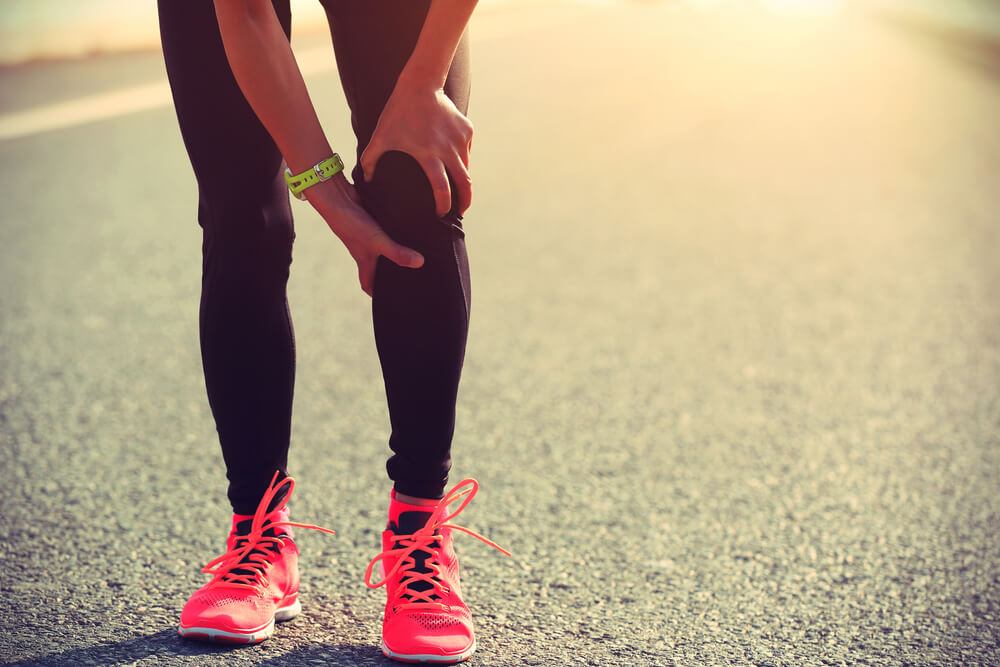What you need to know about patellofemoral pain

Pain when bending the knee. Your knees ache when you sit for too long. Popping or crackling sounds when you move your knee. People experiencing all these symptoms could be dealing with an issue called patellofemoral pain syndrome, or runner’s knee.
Unfortunately, there are far too many people living with this painful condition. Medical studies report that almost 23% of Americans deal with runner’s knee every year. Physical therapy can be an effective treatment for patellofemoral pain. However, getting the most out of your therapy plan requires that you know as much as possible about your condition.
What causes patellofemoral pain syndrome?
There are many issues that can cause runner’s knee. One common cause of this condition is altered knee movement patterns. Altered movement patterns contribute to a variety of musculoskeletal pain conditions including runner’s knee.
A recently proposed theory linked lower limb movement patterns and patellofemoral pain as a dynamic knee valgus (knock knees). This change in the position of the leg during weight bearing causes the knee to bend into an L shape. In turn, this bending causes increased stress to the anterior knee. It’s thought that the pain is the result of cumulative microtrauma from repetitive movements into the knock knee position.
Other issues that can also lead to runner’s knee include:
- Overuse during sports or exercise
- Kneecap misalignment
- Imbalances in the quadriceps muscles
- Weakness or tightness of the hip muscles and glutes
What can be done to treat patellofemoral pain?
Treatment for this problem needs to be multifaceted. The knee is usually the joint taking the excess stress from poor movement patterns, which means it’s where the pain is felt.
Physical therapy-based treatment for runner’s knee can include:
- Strengthening weak muscles — The glutes, hip and quadriceps muscles can all be targeted by strengthening exercises. Strengthened muscles can help keep the knees properly aligned during weight-bearing activities.
- Increasing ankle flexibility — The flexibility of the ankles is also a significant concern when treating knee pain. If the ankles don’t bend, the body will adapt by allowing the foot to drop inward, causing knocked knees.
- Realigning the kneecap — Therapists can use stretches, strengthening exercises and manual therapy to help realign the kneecap.
Learn more about physical therapy for patellofemoral pain at Franklin Rehabilitation
Need help treating the pain and other symptoms of runner’s knee? Our physical therapy specialists at Franklin Rehabilitation are primed to help you. We offer complimentary screenings that can confirm you have runner’s knee. Our team can then construct a therapy plan personalized to your needs. This plan will be designed to provide benefits like reducing knee pain and improving your ability to move your knee.
Don’t wait to start getting our help with your knee problem. Contact our team today for more information about our knee pain treatment options or to schedule your initial appointment.
